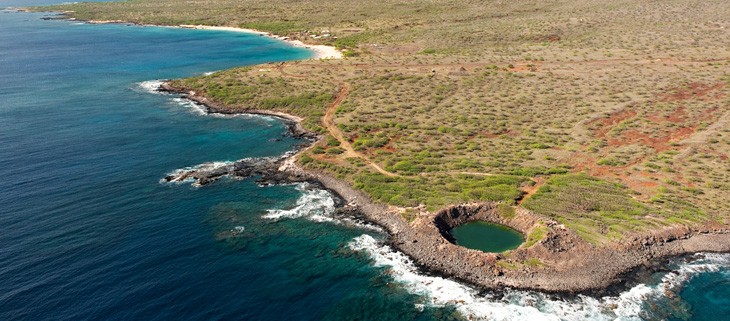December 4, 2024
The Ebiil Society: Champions of Palau
Ann Singeo, founder of our partner organization the Ebiil Society, shares her vision for a thriving Palau and a flourishing world of indigenous science!
We use cookies to help you navigate efficiently and perform certain functions. You will find detailed information about all cookies under each consent category below.
The cookies that are categorized as "Necessary" are stored on your browser as they are essential for enabling the basic functionalities of the site. ...
Necessary cookies are required to enable the basic features of this site, such as providing secure log-in or adjusting your consent preferences. These cookies do not store any personally identifiable data.
Functional cookies help perform certain functionalities like sharing the content of the website on social media platforms, collecting feedback, and other third-party features.
Analytical cookies are used to understand how visitors interact with the website. These cookies help provide information on metrics such as the number of visitors, bounce rate, traffic source, etc.
Performance cookies are used to understand and analyze the key performance indexes of the website which helps in delivering a better user experience for the visitors.
Advertisement cookies are used to provide visitors with customized advertisements based on the pages you visited previously and to analyze the effectiveness of the ad campaigns.
Looking to make an impact this Earth Month? Here’s how.

The coast of Kaho’olawe is marked with a man-made crater called Sailor’s Hat. The crater was caused during bombing practice; in 1965 the US Navy piled 500 tons of TNT on the southeast shore in an attempt to simulate the effects of an atomic bomb. Ships were anchored off shore to see how they would respond to the blast.
After the first blast they added another 500 tons, and then another. A total of three blasts created a massive crater on the shore of Kaho’olawe. Today you can see stones melted from the explosion. Now the crater is habitat for two species of endemic shrimp that live in the shallow waters. Sailor’s Hat represents the lasting damage that humans have done to the island, but it’s not the end of the impact. Today, invasive species threaten the island’s native fauna, but Island Conservation and our partners are working to remove invasive species and restore the island.
Watch the first part of the series if you missed it.
Watch the video from Hawaii News Now to learn more.
Featured photo: Kahoʻolawe Island, Hawaiʻi. Credit: Andrew Wright
Check out other journal entries we think you might be interested in.
Notifications